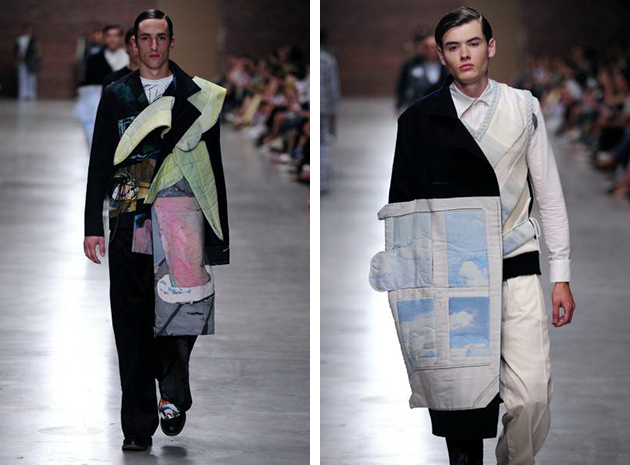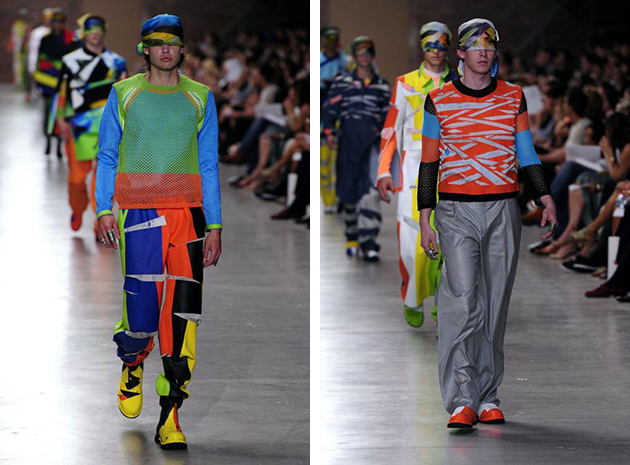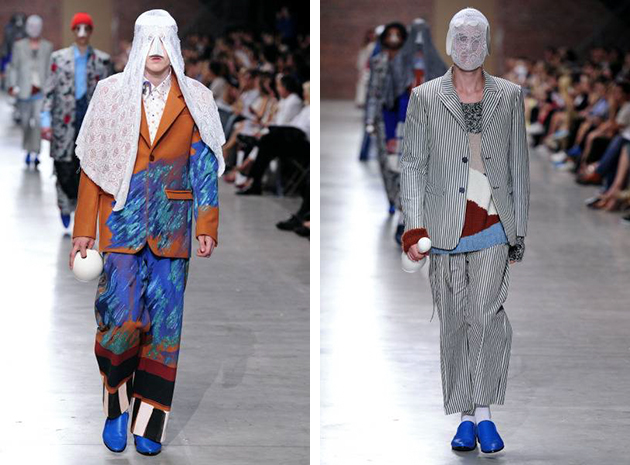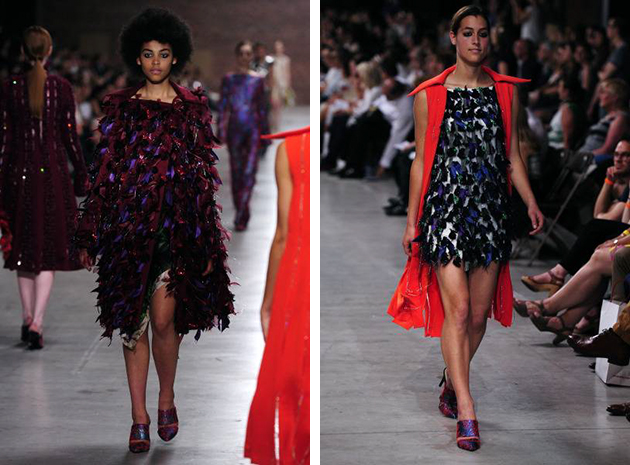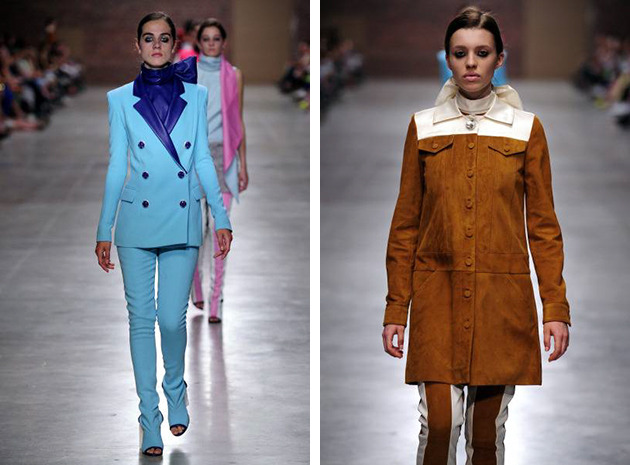In order to achieve a curvier derriere, many individuals choose to undergo buttock implant surgery. Nu Cosmetic clinic performs this body contouring procedure within their professional and well-established practices. I recently spoke with Mr Gabriele Borghini, specialist plastic surgeon with the group who advised me of the fundamentals of the buttock augmentation procedure.
Implants are often used in plastic surgery to reshape and augment body parts like the female breast and the calf. Likewise, gluteal implants can improve the shape of patients’ buttocks. Not only do you look better, you’ll have more self-confidence and be more approachable, thanks to your shapely new figure.
The most popular question is if an implant can leak. Breast implants which are filled with saline or silicone can leak, but the implants used to augment and shape the buttocks are made of solid silicone which cannot break or leak any fluid into your body.
Patients are also quick to ask what the implant feels like after healing. The augmented rear end has a firm but natural feel, about like the feel of a person has who been working out with weights or exercising hard for many years. Moreover, you actually do not sit on the implant because it is placed somewhat higher than the bones on which you actually sit.
When undergoing butt augmentation with implants, patients will be presented with a variety of options. Some of these include shape (round and oval); filling (cohesive silicone or solid silicone); and surface (type, smooth or textured). The norm is to use the smooth, round, solid silicone butt implants. Another important factor to consider is incision location. The three locations include: toward the top on both sides of the upper buttock; toward the bottom in both of the gluteal creases, where your “cheeks” meets the top of the thighs; and down the center of the sacrum, which is a vertical incision down the buttocks crease.
There are other variables, such as size, shape, and skin quality, that need to be considered before making any determinations about which butt augmentation procedure is best for you. If you are thin and wear a size two to four dress, you may not have enough bodily fat to spare for the fat transfer butt enhancement method; therefore, in order to create a new, curvier rear, you would have to receive butt implants.
When evaluating the shape of the buttock, we divide its anatomy into three sections; the upper buttock, the mid-buttock and the lower buttock. Each area needs to be evaluated and addressed separately to provide the best gluteal harmony.

When a gluteal enhancement is done, the implant is mainly augmenting the upper buttock and the upper portion of the mid buttock. It will not fill out the other areas. In the majority of patients, a careful analysis of the middle and lower buttock needs to be made. Complementary procedures may be required in order to improve the overall shape.
Surgery Options
Although the buttock implant operation is fairly straightforward, there are many technical aspects to the procedure that may be done differently depending on the surgeon’s training, experience, and philosophy. This type of operation involves placing an implant that is made of silicone (either cohesive silicone gel or solid silicone) in the buttocks to improve size, shape, and contour.
An experienced surgeon will know how to place implants through a single, well-hidden incision that, when healed, nobody will ever see with the single exception of your proctologist. In most cases, the implant is placed under the layers of buttock muscle and fat so it’s there to stay. Plus, there’s no danger of breaking and leaking because the implants are made of semi-solid silicone. After all, you sit on not the implants, but on the bones designed to support your weight. The actual implants are placed up higher in the buttocks.
Virtually all buttock implant patients say the new, curvy rear, along with its “wow” factor is worth it. Once healed, buttock implant patients love filling out new styles and really love filling out a bathing suit. Plus, you’ll have more self-confidence and be more approachable, thanks to your shapely new figure.
5 Butt Implant Options;
To understand your options and the operation, here is what you should know:
Implant Selection: The implant is either round or oval, the so-called “anatomic” implant. Like breast implants, the implant comes with either a smooth or a textured surface. Neither the shape nor the surface texture of the implant makes much of a difference in the outcome. The content inside the implant can be either solid silicone or cohesive silicone gel, with the solid silicone the most commonly used. The solid implant is excellent since it cannot rupture, spill, or deflate. It is normal to use the smooth, round implant. The decision regarding which type of implant will be used is heavily influenced by your surgeon’s preference and philosophy. The augmented buttock has a natural feel and can be somewhat firm to the touch. It basically just feels like you have been working out for a long time.
Incision Location: Once you and the surgeon have decided on the implant, the next task is to decide on the type of incision. The buttock implant incision can be placed in several locations:
Toward the top on both sides of the upper buttock. Although the scars can be hidden in your undergarment or bikini, it is not recommended since the scar can be quite visible when you are nude. Moreover, two incisions are required. Or,
Toward the bottom in both of the gluteal creases, the areas where your “cheeks” meets the top of the thighs. That choice will leave you with two scars that also can be quite visible. Or finally,
One incision, which is placed down the center of the sacrum. That’s a small 4 to 6 cm (about ¼ inch) vertical incision down the buttocks crease. This is believed to be the best location because it is extremely well-hidden and not even your closest friend can find it. (He or she won’t want to be looking in that area). Furthermore, the sacrum approach only involves one scar. The only drawback is it may have a higher infection rate than the other incisions due to its location close to the anus. However, an infection is usually cured with antibiotics and wound care.
Above or below the muscle: Once we know the type of incision, the next step is to decide on the placement of the buttock implant.This again will heavily depend on your surgeon’s preference; many nice results have been attained with either position. What it really depends on is the person’s anatomy. Surgeons have seen many implants that were placed above the muscle and later looked like a sack of potatoes. That may take place in patients who have a very droopy buttock or poor skin tone. It is preferred to place the implant within the muscle. That accomplishes several things:
First, it gives the implant more support and prevents it from moving too far down the buttock.
Secondly, it gives an extra layer of coverage so the implant feels more natural to the touch and has a nicer shape.
Finally, the added tissue coverage protects the implant from infection. If the implant were placed above the muscle and the wound became infected, more than likely so will the implant. In this scenario, the implant would have to be removed and left out for three months before inserting it again. Of course, every surgeon has his or her own philosophy and preference.
To liposuction or not to liposuction: The final decision will be whether or not liposuction should be combined with the implant procedure to add further contour to the buttocks.Most of the patients who were have the operation have flat buttocks, but some also have a role of excess fat in the upper-outer part of the buttock. This can look flat from the side but wide and flat from the back.
The Operation Itself: Buttock augmentation is an outpatient procedure that takes about an hour to perform. If liposuction is being done, then it may take an additional half hour.You must be placed face down for the operation. A 5 to 6 cm (about ¼ inch) vertical incision is made in the well-hidden buttock center crease, the sacrum. The dissection continues on either side of the sacrum until the buttock muscle is reached. At this point, the muscle is incised and with careful dissection, a pocket is created for the implant within the muscle. Surprisingly, there is very little bleeding. The implants are inserted into the newly created pockets and the muscle closed over the implants. The midline incision is then closed in layers. If liposuction is going to be done, it is performed through separate incisions.

Your New Look
After your butt implant procedure, you will need to wear a support garment for approximately two to three weeks. This will help the skin redrape properly and provide support to the augmented buttocks. Final results are noticeable three months after surgery. At this point, most of the swelling will be gone and the implants will be settled in their normal position.
At first, you will notice a definite difference in the gluteus contour, but because you are swollen, the buttock will appear very full, and will have a boxy appearance. You may also notice the implants sit quite high on the buttock. It will take at least three months for all the swelling to go down and for the implants to settle into their normal position. You may experience occasional temperature changes and numbness over the buttocks. But that will also improve over the next three months. You may feel a little timid and scared when sitting down, but remember the implant is much higher on the buttock than where you normally sit, so don’t worry!





















